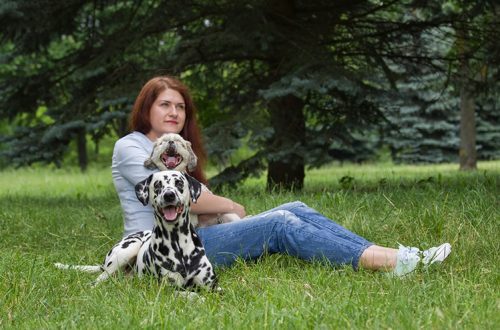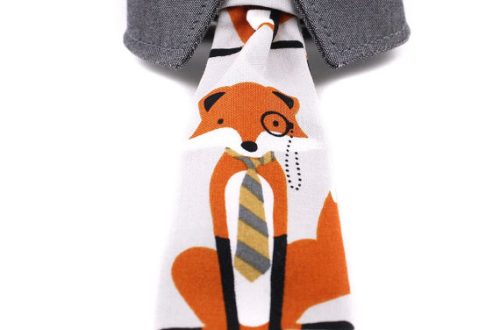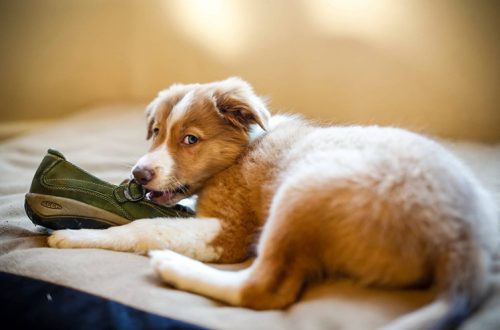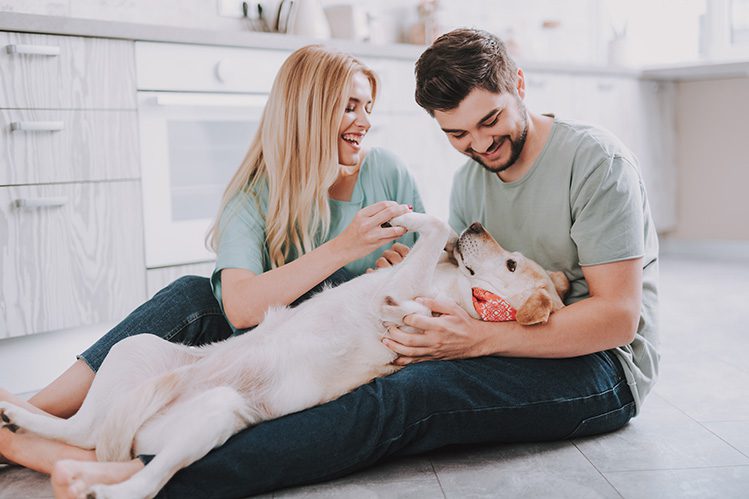
Puppy socialization
What is socialization? Should I socialize my companion dog? At what age should socialization begin and how to do it correctly? About this in our article.
Socialization is not some special skill required, for example, for service dogs. These are the basic norms of behavior that every pet must master: from a pocket toy terrier to a Neapolitano mastino. Why is this needed?
Proper socialization of a dog is a guarantee of the comfort and safety of both the pet and its owner, and all those around them: people and animals.
Socialization is the ability to:
behave at home, on a walk, in public places;
communicate with family members, acquaintances and strangers and animals;
contact with irritants, respond correctly in critical situations, adequately assess the danger, choose a course of action.
Also, socialization is the dog’s obedience and the quality of command execution.
Socialization is the ability of a dog to interact with the outside world.
Now you understand why every dog needs socialization. A properly socialized dog does not cause big problems: it does not break off the leash, does not throw itself at other dogs and does not hide under the bench when it hears thunder. It is pleasant and comfortable to interact with a socialized dog. Such pets become a full-fledged (and most charming) part of our society.

In a general sense, socialization begins right at birth. Barely born, the puppy learns to communicate with his mother, brothers and sisters, gradually gets used to the light and smells, the voices of the people around him.
Soon the baby will open his eyes and learn to walk. He will closely monitor his mother and learn from her the first skills of behavior. Then the puppy will get to a new home, and from the very first days it will be possible to accustom him to a nickname, a couch, a place for feeding and a toilet, to introduce him to other family members. Gradually, the turn will come to learn simple, and then more complex commands. The puppy will be taught to the collar, leash and muzzle, to grooming procedures and will begin to prepare for the first walks. This is where active socialization begins.
Active socialization of the puppy begins at about 3,5-4 months, when the immunization process is fully completed. By this time, vaccination has been carried out and the quarantine period has been completed – now the baby can visit the street and public places. He has already got acquainted with accessories for a walk and is ready to discover this world!
The main thing in socialization is not to rush. The baby is just beginning to explore new horizons and it is very important to dose new information correctly so as not to scare or overload the baby.
From six months in the life of a puppy, a serious stage begins – puberty. During this period, your pet’s behavior may change. You will notice that other dogs will perceive him in a special way. For them, he will cease to be an unintelligent warm lump and turn into an adult, sexually mature individual: an equal member of the pack and even a competitor. Often at this age, the first skirmishes with other dogs occur. It’s annoying, but normal. Your pet is looking for its place in the sun, learns to build its relationships with others, marks its boundaries. Well, how without it? Adulthood begins.
In the life of every dog there are several stages when he tries to become the “head of the house”. This usually happens at three months, six months and a year. During these periods, you need to be friendly, but strict, and not spoil the puppy.
- From simple to complex.
The student’s success is the merit of his teacher. The opposite also works.
Dogs are not born naughty, aggressive or shy. Our wrong actions make them so. If you see that your dog is behaving “somehow wrong”, this is an occasion to reflect on your mistakes in raising and caring for it.
The most common mistake is inadequate requirements for a puppy. You can’t ask a two-month-old baby to never miss the toilet, walk behind you on a leash, and do a handstand on its hind legs. It is important to move from simple to complex. Take into account the age and individual characteristics of the puppy. Allow for error.
For example. The more varied and interesting the puppy’s walks, the better. But for the first walks, you need to choose calm, secluded places with low traffic so that the baby gradually gets used to new smells and sounds and is not afraid.
- Borders and sequence.
Freedom is only good in theory. In fact, kids need clear boundaries. There is nothing worse for a puppy than an insecure and inconsistent owner. You must immediately set the boundaries of what is permitted. Decide clearly what the puppy can and cannot do and stick to that plan.
It is completely unacceptable today to scold your pet for jumping into your bed, and tomorrow to invite him to get under your covers. The dog simply does not understand what they want from it. As a result, she will become nervous, shy and stop listening to you.
- Strictness and friendliness.
Forget the tales of alpha flips and dominating your own dog. The dog does not need an imperious dominant that instills terror in it. She needs a respected leader and friend.
This does not mean that you cannot be strict with your pet. It is possible and necessary – when it is appropriate. But even when reprimanding a dog, you must broadcast that you remain a friend to her. That you care about her safety. That you know what’s best for her. Because you are her leader, who is responsible for her well-being.
Be your dog’s friend even when it doesn’t live up to your expectations. Especially then.
- Visiting different places.
After you teach your puppy to walk in quiet places, start expanding the geography of walks. The more places your puppy visits, the better. Teach him to walk on different surfaces: asphalt, grass, rubberized surfaces on special areas, etc. Introduce him to the noise of the roads, bustling city streets and calm parks. And, of course, visit the veterinary clinic and grooming salons. This is also an important part of socialization.
- Meeting different people and animals.
It is very useful for a puppy to contact different people: adults, teenagers, children. And with animals: not only with dogs, but also with cats, parrots and other pets. The main condition is that they all be friendly and not scare the puppy. Communication should take place strictly under your control, in a comfortable environment for everyone.
Instill in your puppy the rules of behavior on the street. Do not let pigeons, cats and other dogs be chased. Another skill is to learn to avoid playgrounds, even if the guys on it are having fun chasing a bright ball.
- Playing with dogs on the playground.
It will be very helpful if you make friends on walks. Walking together is more fun, more interesting and more effective. It is important for puppies to learn to play with each other, build relationships, resolve conflict situations, and just communicate. And how much fun you will get, looking at the funny kids chasing frisbees together!
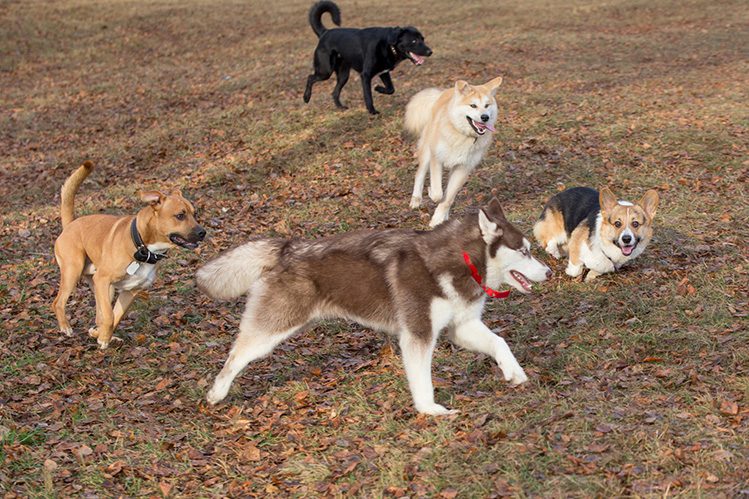
- Transport training.
Even if you do not plan to transport a puppy anywhere, it is useful for him to get acquainted with the transport. Situations in life are different!
Before you go on a trip, it is important to study the rules for transporting animals on the mode of transport that you have chosen. Follow these rules. For the first acquaintance, choose the most unloaded hours so that there are as few people in transport as possible. Don’t forget to bring treats with you to give your dog a treat and help her deal with her anxiety.
- The ability to be alone.
No dog likes to part with his beloved owner. But you have to do this, and the puppy must be prepared in advance for parting. You can not spend with the baby 24 hours a day for several days and weeks, and then abruptly go to work for a full day and leave him all alone. For a puppy, this will be a real shock, a collapse of the usual way of life.
Practice breakups. First go away for a short time, then for a longer one. Teach your dog the “Wait” command and don’t say goodbye to the puppy for too long when you leave the house. Be strict and calm.
Get your puppy a variety of toys to keep him busy while you’re away. The more different toys, the better. Periodically alternate them so that they do not bore the dog.
No puppy will benefit from being alone for a long time and often. Dogs are social animals. They need communication for proper psychological development. If you have to be away from home often, entrust the care of the puppy to another family member, hire a dog sitter, or get a second dog. Waiting for the owner together is not so dreary!
There are breeds that tolerate loneliness better. And there are those who can not stand it at all. Consider the individual characteristics of your pet.
- Calm response to noise.
Take a walk with your dog not only in quiet, calm parks, but also along city streets. And also in different weather. So the pet will learn to calmly perceive the crowd of people, the barking of other dogs, the noise of the road, the vagaries of the weather and other manifestations of the world of which he has become.
The dog needs to be taught to any noise. If the baby is very frightened, do not calm him down, but distract him with commands or a game. Pretend like nothing happened and stay calm.
- Pickup specialist.
Always keep on hand the contact of a proven cynologist and animal psychologist. You can contact them if you have any difficulties with the socialization and upbringing of the dog or if you have any questions. Having professional support in such a responsible matter as raising a dog is very important. Re-educating and restoring the trust of a pet in case of mistakes is much more difficult than properly raising and socializing a puppy in the first year of his life.
We hope our article will help you gently adapt your puppy to the world around you. And now forward, to the conquest of new horizons!



